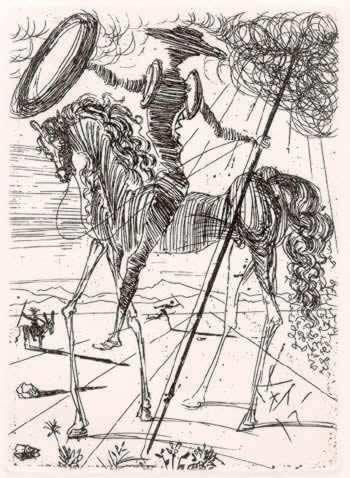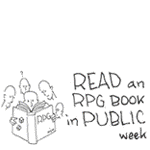 Gamemastering: Preparing and Running Storytelling and Roleplaying Games is a 162-page manual that addresses the subject in six sections: A Gamemaster’s Tasks, The Role-Playing Group, Mastering a Gaming Session, Preparation, Adventure Themes, and Further Gaming Techniques.
Gamemastering: Preparing and Running Storytelling and Roleplaying Games is a 162-page manual that addresses the subject in six sections: A Gamemaster’s Tasks, The Role-Playing Group, Mastering a Gaming Session, Preparation, Adventure Themes, and Further Gaming Techniques.
The first thing I noticed about this book was the format – rather than looking like your typical RPG book, the use of color, graphics and subject icons on the cover and interior make this book look like it could easily share a shelf with “how-to” books such as the popular “X For Dummies” series. While it definitely gives the book a professional look, I can’t really say if this would lend any appeal to the target audience, who can be notoriously fickle about such things, and easily turned off by such a mainstreaming of their hobby. I didn’t encounter much of a problem with it during my own read-through.
The advice is solid and useful, and runs the spectrum from common-sense tips that only the beginners would find useful to common-sense tips that even the veterans never considered. Much of this advice can be found in other places, but the “For Dummies” style of the book invites a somewhat different approach to the material – for example, there are “Exercises,” or thought experiments at the end of sections to inspire the reader to consider how they would handle certain situations
The book outlines the tasks of the gamemaster and his relationship with the players, the different types of players (power gamers, storytellers, etc.), suggestions on dealing with problem players and resolving personality conflicts and conflicting player desires, as well as preparation and story structure. It is the latter two of these that I found the most useful, particularly the suggestions for using Mind Maps and Conflict Webs to structure and organize stories.
The book is wrapped up with an appendix that includes Georges Politi’s list of 36 dramatic situations (with possible RPG applications added to each) and possible solutions to the exercises presented throughout the book.
Gamemastering is an excellent collection of GM advice compiled in a familiar format – but one that I hope won’t turn too many gamemasters away, because the content is solid and very useful.






